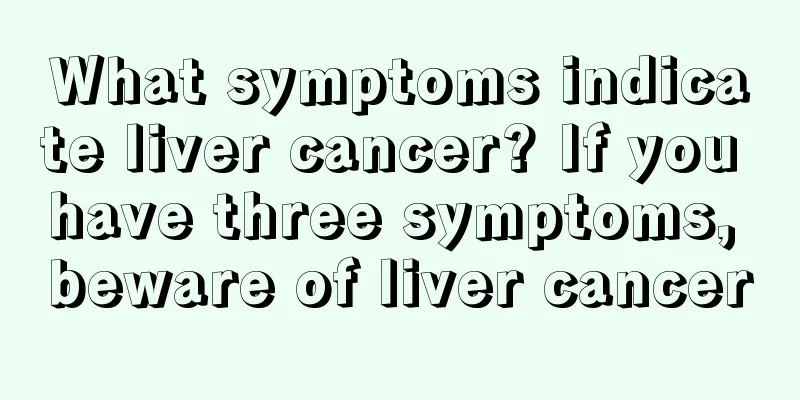What to do if I transfer to Anmego

|
Many people find that their blood pressure is high when they go to the hospital for a check-up. To a certain extent, the transfer of Anmegao indicates that there are some problems with the patient's liver. But this is not inevitable. If you are transferred to Anmeigao but no disease occurs, then you don't need to worry too much. If it is pathological metastasis, then we need to choose some enzyme-lowering drugs for treatment. Elevated transaminase is a very common condition and does not necessarily mean that there is a problem with the liver. Because transaminase is very sensitive, many factors can cause the normal value of transaminase to fluctuate. In healthy people, the transaminase measurement results may be different when checked at different times of the day. Transaminase is an essential "catalyst" in the human body's metabolic process and is mainly found in liver cells. When liver cells are damaged by inflammation, necrosis, poisoning, etc., transaminase will be released into the blood, causing an increase in serum transaminase levels. Usually, the main transaminase tested during a physical examination is alanine aminotransferase (ALT). 1% damage to liver cells can double the concentration of ALT in the blood. Therefore, ALT levels can sensitively monitor whether the liver is damaged. Some people do not experience symptoms of high transaminase levels, while others who experience symptoms of high transaminase levels may easily confuse them with symptoms of other diseases. Common symptoms of high transaminase levels include fatigue, poor appetite, insomnia, low-grade fever, aversion to greasy food, nausea, vomiting, abdominal pain, diarrhea, and discomfort in the liver area. Mild symptoms include sweating, drowsiness, thirst, and eye fatigue when reading. In outpatient clinics, the most common symptom of hepatitis B patients is high transaminase. Therefore, hepatitis B patients should be familiar with these symptoms and go to the hospital for diagnosis and treatment in time when these symptoms occur. In general, a mild increase in transaminase levels generally does not cause obvious symptoms, while patients with a larger increase in transaminase levels will experience symptoms such as fatigue, anorexia, nausea, vomiting, and abdominal distension. If the transaminase level rises to more than 500 units in a short period of time, you should consider whether you have acute hepatitis. If you receive timely treatment, acute hepatitis B can be completely cured. How to treat high transaminase levels depends on the cause of the disease, and the treatment will be different depending on the cause. High transaminase levels in patients with liver disease generally mean that the patient's condition has worsened. Patients in this period must go to a professional hospital for a comprehensive examination in time. In addition to paying attention to checking other series of liver function indicators, patients with elevated transaminase levels should also undergo comprehensive examinations such as B-ultrasound, hepatitis B two-pair-half test, and alpha-fetoprotein test. Only in this way can the condition be truly diagnosed and then scientifically treated. There are many kinds of liver-protecting and enzyme-lowering drugs, but there are only a few truly effective ones. They must not be abused during treatment. It is necessary to find the real cause of the elevated transaminase and treat it accordingly to achieve better results. Patients should follow the following three principles during treatment and medication: 1. Choose the correct and effective liver protection and enzyme reduction drugs For the treatment of elevated transaminase levels caused by various causes, effective drugs are mainly traditional Chinese medicine and extracts of its active ingredients. Generally, drugs containing chemical ingredients such as schisandra chinensis vine, glycyrrhizic acid, oleanolic acid, and silymarin are selected. As long as patients use enzyme-lowering drugs correctly, transaminases can be effectively controlled. 2. The course of treatment must be guaranteed. When enzyme-lowering drugs restore transaminase to normal, the dosage of enzyme-lowering drugs should be gradually reduced, and sudden discontinuation of the drug should be avoided. The course of treatment with enzyme-lowering drugs should be more than 1 year, and even if liver function returns to normal, consolidation treatment should be maintained at the lowest level. 3. While protecting the liver and reducing enzymes, it is necessary to take "fundamental" measures to address the cause of the disease. In short, in order to solve the problem of high transaminase levels, we must find out the reasons and prescribe the right medicine to achieve results. |
<<: Is it OK to swim without goggles?
>>: What's the matter with switching to Anmeigao
Recommend
Be sure to remember the location of the pain caused by appendicitis
In daily life, many diseases can cause abdominal ...
Can washing your face with sugar treat acne?
In daily life, most people have some pimples or p...
Is realgar powder harmful to the human body?
Realgar powder is usually harmful to the human bo...
Top ten ways to prevent bladder cancer.
Bladder cancer is harmful and has a high incidenc...
What are the genetic causes of rectal cancer?
Recently, the causes of rectal cancer are related...
The six most fatal parts of the human body must be protected
Human life is tenacious, yet fragile. In the face...
How to properly care for testicular cancer
In recent years, the frequent occurrence of testi...
What are the symptoms of physical weakness? If you have these physical conditions, you should pay attention to them
There are many people who are physically weak in ...
What are the nursing care for gallbladder cancer in the late stage
Most cases of gallbladder cancer are not discover...
How to cook mung beans quickly
Mung beans have a good effect of clearing heat an...
How to make canned blueberries
The canned fruits that we often eat in our daily ...
What are the effects and functions of sea bathing?
In life, people will have many skin problems. For...
This organ of women is most dangerous in summer
There are many channels in the human body. When t...
Is it okay to sit down after eating?
Normally, after finishing our meals, we will sit ...
What are some great uses for baking soda?
Baking soda can neutralize stomach acid and reduc...









